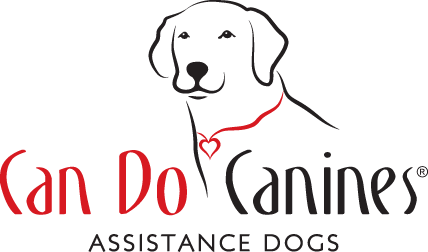**Please remember you have your CSC as a resource**
What is management?
Management means preventing your dog from making bad choices. Remember, what you allow will continue. Practice makes perfect, and if your dog gets to “practice” unwanted behavior over and over again, he’s going to get better at it.
We set up situations where the dog can be successful, then reward him for making a good choice. Over time, we increase the difficulty. In positive training, we set the dog up to succeed. This means that we need to prevent bad decisions. How can this be done?
- Crates: maintaining your dog’s crate training is one of the best ways to set him up for success. Consider this: a crated dog can’t bark out the window, tear up your couch, or pee in the living room. Crate training allows you to safely confine a dog when you can’t directly supervise. Through his training your dog learned to love spending time in his crate. Providing him with fun puzzle toys and chew options when he needs to be in there and feeding him in it.
- Gates: baby gates can prevent a dog from getting into the kitty litter box, drinking out of the toilet, or barking out the window. Gate off portions of the house where you don’t want your dog to go without supervision.
- Leashes: leashes are for more than walking around the block. Put your dog’s leash on (and stand on it) before inviting guests in to prevent him from jumping on visitors. Take your dog to the park on a long leash so he doesn’t run off. The leash is a management device but the goal is to function together as if the leash isn't there.
- Tethers: these are chew-proof leashes that can be attached to solid objects to keep your dog in one spot. Dogs can also be tethered to their owner by clipping the handle of the leash to your belt loop.
- Visual Barriers: put up a solid fence in place of chain link to prevent dogs from fence-fighting. (Can’t afford a privacy fence? Tarps attached to the chain link with zip ties won’t look as sharp, but will do the job.) Cover your dog’s crate to prevent barking in the car. Close the blinds during the day to keep your dog from barking at passersby.
- Go Mat: Utilize your dog’s cue of Go Mat to put them in a place where they should maintain their down position UNTIL YOU RELEASE him.
When is management used?
There are MANY times where management is used for preventing an unwanted behavior, usually that is self-reinforcing such as barking, jumping, trash-diving, counter-surfing, fence-fighting, and door-dashing.
These are just a few of the many management options available. Prevent your dog from getting in trouble. Management options can become permanent solutions, but most of the time, they’re just temporary measures while the dog is in the training process.




